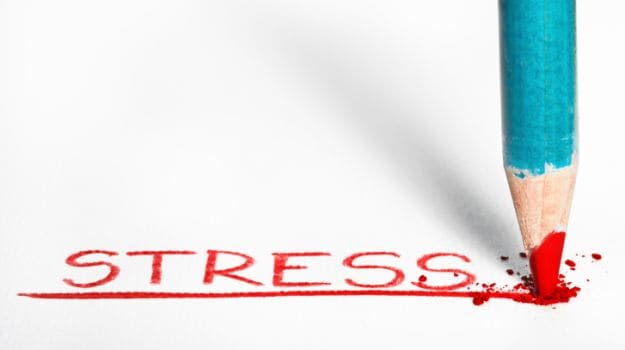While the number of men dying from heart attack has been constantly decreasing during the past twenty years, the fatal risk particularly in young women has increased significantly, finds a study. The study showed that stress in the daily routine has particularly adverse effects on the feminine hearts. Multiple stress factors trigger stress symptoms, which may manifest organically in the heart.
Every year, 47 percent of the women and 38 percent of the men die from heart disorders, the findings revealed. Smoking, increased blood fats, low HDL cholesterol, high blood pressure, diabetes, stomach fat and lack of exercise are known risk factors that are responsible for the increased mortality rate.
In addition, gender-specific risks such as irregular menstrual cycles, early menopause, and pregnancy complications such as gestational diabetes or pre-eclampsia and the pill or hormone replacement therapies also worsen the heart condition in women.
Also, diabetes is often an underlying condition for women with heart diseases, which significantly increases the risk of a heart attack than in the case of men. Further, following menopause, blood pressure generally increases and blood fats and body fat distribution are subject to adverse changes, which also increases the risk, the researchers explained.
"In case of cardiovascular disorders, women have a different age distribution, other clusters of risk factors and the vascular changes in the heart also differ morphologically," said Alexandra Kautzky-Willer, professor at Medical University of Vienna in Austria.
The diagnosis and therapy for women are often more difficult. Examinations such as ECG or ergometry are less conclusive; even the heart attack blood markers in women could be improved with new, specific limit values and new gender-specific biomarkers could be established.
Apart from adiposity and diabetes post-traumatic stress disorders also play a considerable role in women's health.
Women need to actively incorporate periods of rest in the daily routine and should ensure sufficient physical activities to alleviate stress, the researchers suggested.











